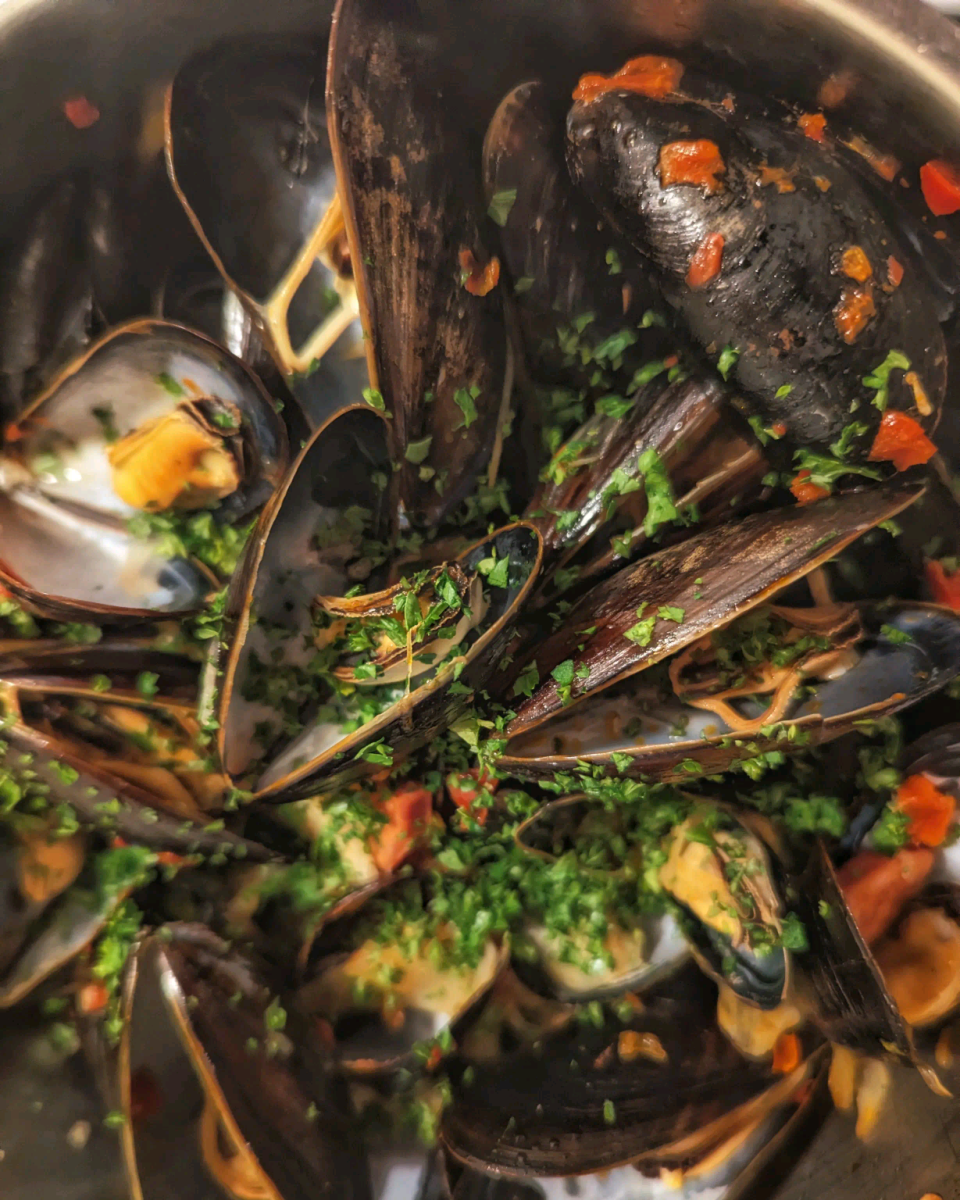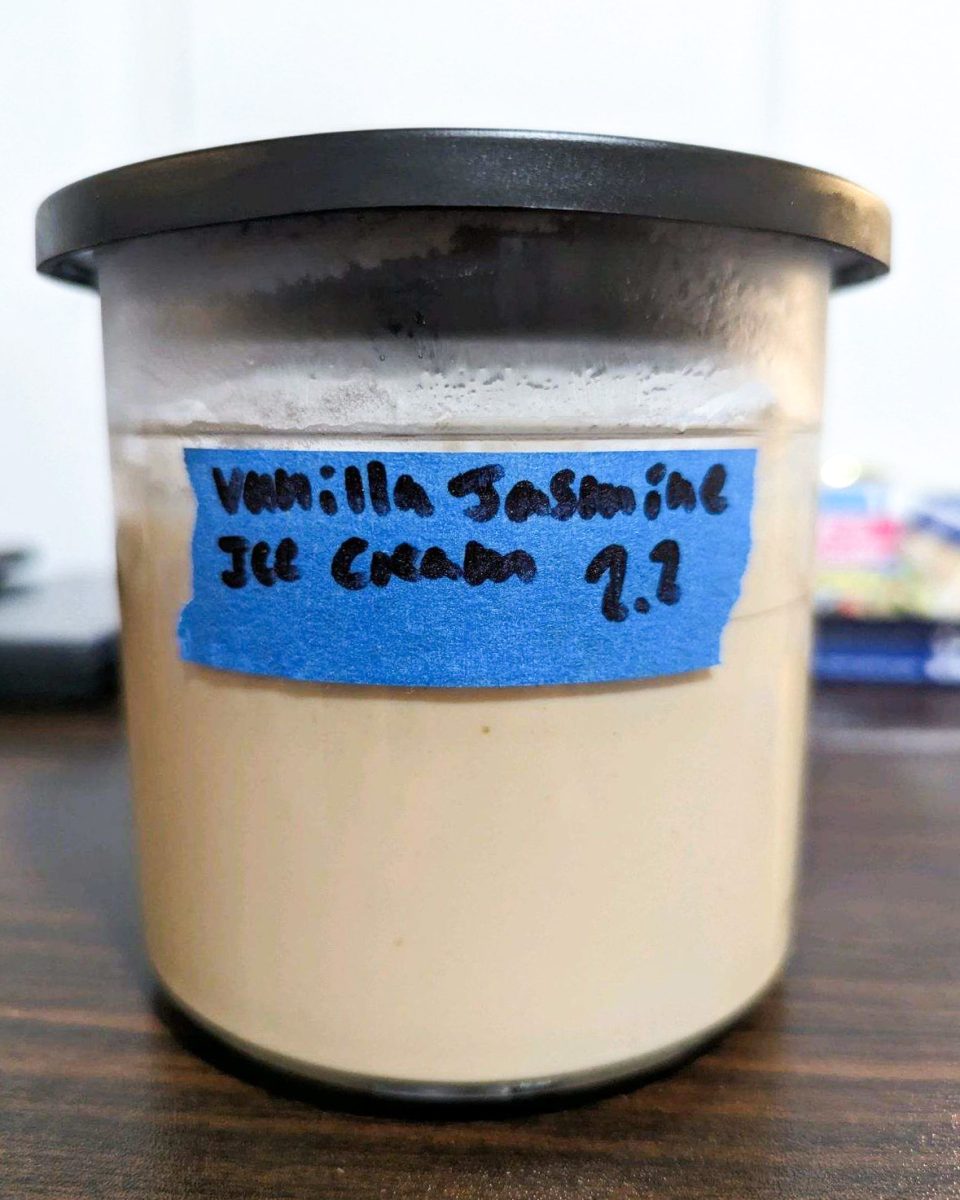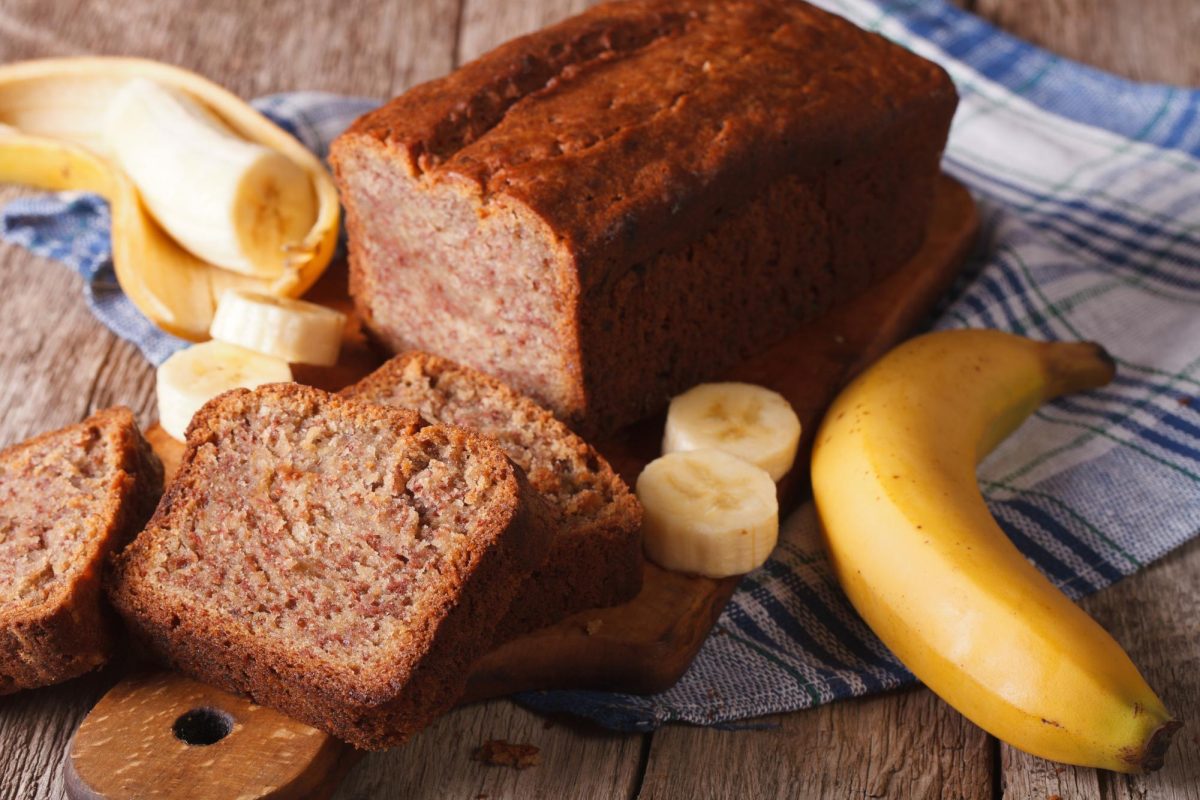
Bringing people joy with one’s bare hands is why many love cooking. Whether it’s a six-course tasting meal or a simple bowl of soup, breathing life into the weary is one of the many beauties of food. The late, great Anthony Bourdain once said that “chefs should be ultimately in the pleasure business.” The exhausted smiles of friends and family after a long day fuel gourmet chefs and homestead cooks alike.
Cooking isn’t easy, however. Trying to master all the techniques that make a great cook can be very daunting. Thankfully, shakshuka can lend a hand. The origins of this dish are widely debated, but most believe it has roots in Northern Africa. Today, shakshuka is eaten widely in Israel and appears all around the world.
Many cultures have adapted this dish because of its accessibility. It merely consists of eggs baked in a hearty tomato sauce. While mainly being served for breakfast, it finds itself a home in lunch and dinner menus all around the world. Despite its simplicity, this dish can do so much, from kick-starting your culinary journey to teaching you more advanced skills in the kitchen.
First, preheat your oven to 350 degrees Fahrenheit. Then heat store-bought tomato sauce over the stove in an 8-inch oven-safe sauté pan over medium heat, stirring frequently to prevent burning. Next, use a spoon to create three to four wells in the sauce to crack your eggs in. Then put the whole oven-safe pan in the oven for four to five minutes, or until the eggs are cooked to your liking. A shorter cooking time will result in a runny, gooey yolk, while a longer cooking time will result in a set, firm yolk. Buttered toast makes a wonderful accompaniment.
This simple version of shakshuka can teach a surprising amount, such as how to season properly. Using salt and pepper to taste is a fundamental lesson any cook should master. If this is your first time using an oven for purposes other than storage, then congratulations. Getting used to using your oven is a vital aspect of cooking.
For an intermediate home cook, a store-bought tomato sauce may be a bit boring. The sauce will act as a blank canvas to build layers of flavor on top of. The addition of aromatics will boost the flavor of the sauce dramatically. Using your oven-proof pan, sauté diced onions in extra virgin olive oil until they turn translucent around the edges — about two or three minutes — then add minced garlic and sauté for about a minute. Many recipes instruct cooks to add garlic and onion together, but that should be avoided since they cook at different rates; by the time the onions are cooked, the garlic will burn.
After the aromatics, add tomato paste while stirring to combine, slightly cooking to caramelize. Then add the jarred tomato sauce.
Dried herbs such as basil and oregano will add some extra depth of flavor as well. Adding crumbles of goat cheese on top of the eggs prior to baking adds a nice sharp contrast to the richness of the dish. After baking, a drizzle of hot honey or a sprinkle of fresh chopped parsley could add a nice finishing touch.
This next step in difficulty will teach how to effectively caramelize, which extracts more flavor out of certain ingredients. This will also teach how to pair different ingredients together, so get creative. Some pairings will work, some won’t and some may be surprising. A wonderful cookbook focused on flavor pairings is the award-winning “The Flavor Bible” by Andrew Dornenburg and Karen Page.
For the more advanced cook or even professional cook, a solid homemade tomato sauce is a must-have. Just like before, the goal is to build layers of flavor. Again starting with the aromatics, sauté onions and then garlic in extra virgin olive oil. Optionally, add red chili pepper flakes.
Next, move the aromatics to one side of the pan and add tomato paste. Cooking the paste down a bit longer to caramelize it further will result in a deeper flavor profile.
Stirring the paste and the aromatics to combine, the next addition is of course the tomatoes. Fresh tomatoes are great if they are in season, but many chefs prefer a can of skinless whole San Marzano tomatoes. These tomatoes offer a great balance of sweetness, acidity and body. After adding the whole tomatoes, mash them using a potato masher. Don’t worry about mashing them completely; they will be simmering for a very long time, which will break the flesh down.
Next, add a liquid to deglaze the pan and allow the sauce to simmer and develop flavor without burning. For a classic tomato sauce, you can add water. For marinara sauce or tomato soup, add chicken or vegetable stock. Gordon Ramsay simmers red wine until reduced to half after adding the aromatics to add a deeper richer flavor to his marinara sauce. Next come the herbs. Herbs come in two major categories: hard and soft herbs. Hard herbs are those whose flavors can withstand being heated, some of which need to be expressed to emit their flavors. Hard herbs include rosemary, thyme and oregano. Soft herbs are those that need to be added after cooking since their flavors will cook out once heated, hence why parsley was added after the eggs baked in the intermediate stage. Soft herbs include basil, cilantro, parsley, mint and tarragon.
After adding fresh rosemary, thyme and bay leaf, the sauce must simmer for four to six hours to extract the flavor of the herbs and to break down the acid in the tomatoes. In general, the longer the sauce simmers, the more the flavor will develop. Many recipes call for adding sugar to balance the acid instead of simmering, but every time someone does that an Italian grandma has a heart attack. After simmering, pick out the hard herbs and finish with fresh basil. This basic tomato sauce can be used to make so many dishes. Follow the same tips on flavor pairing as the prior step to build the shakshuka.
This dish has a lot to offer. Ultimately, the most important lesson from this dish is to cook without a recipe. Knowing how to build flavor, pair ingredients and maximize flavor intuitively are all hallmarks of a great chef. Recipes should act as blank canvases, ready to be amended and changed at will. If bell peppers are in season, feel free to add them to the sauce. If the only thing available is red onions instead of white onions, swap them out. Cooking should be personal. Some of the most delicious dishes come from just cooking with what is accessible and trusting judgment and taste. That being said, not everything will turn out amazing — but failure teaches more than success. The only way to learn is to keep cooking and keep failing, but keep cooking nonetheless.
Shakshuka:
Beginner: (8-10 minutes)
1 24 ounce jar of your favorite tomato sauce
3-4 large eggs
Salt and pepper, to taste
Intermediate: (12-15 minutes)
1 24 ounce jar of your favorite tomato sauce
3-4 large eggs
2-3 tablespoons extra virgin olive oil
1 large sweet onion, diced
2-3 cloves of garlic, minced
1/4 teaspoon dried basil
1/4 teaspoon dried oregano
Goat cheese to taste, crumbled
Drizzle hot honey, to taste
1 small handful of parsley, chopped
Salt and pepper, to taste
Advanced:
For the tomato sauce: (4-6 hours)
2-3 tablespoons extra virgin olive oil
2 large sweet onions, diced
5-6 cloves of garlic, minced
Red chili pepper, to taste (optional)
2 tablespoons of tomato paste
1 28 ounce can of skinless whole Sam Marzano tomatoes
1 cup liquid of choice (water, chicken stock, vegetable stock, red wine)
4-5 sprigs of rosemary
4-5 sprigs of thyme
2 bay leaves
Heavy pinch basil leaves, whole
Salt and pepper, to taste
For the Shakshuka: (8-10 minutes)
3-4 large eggs
Goat cheese to taste, crumbled
Drizzle hot honey, to taste
1 small handful of parsley, chopped
Salt and pepper, to taste


















